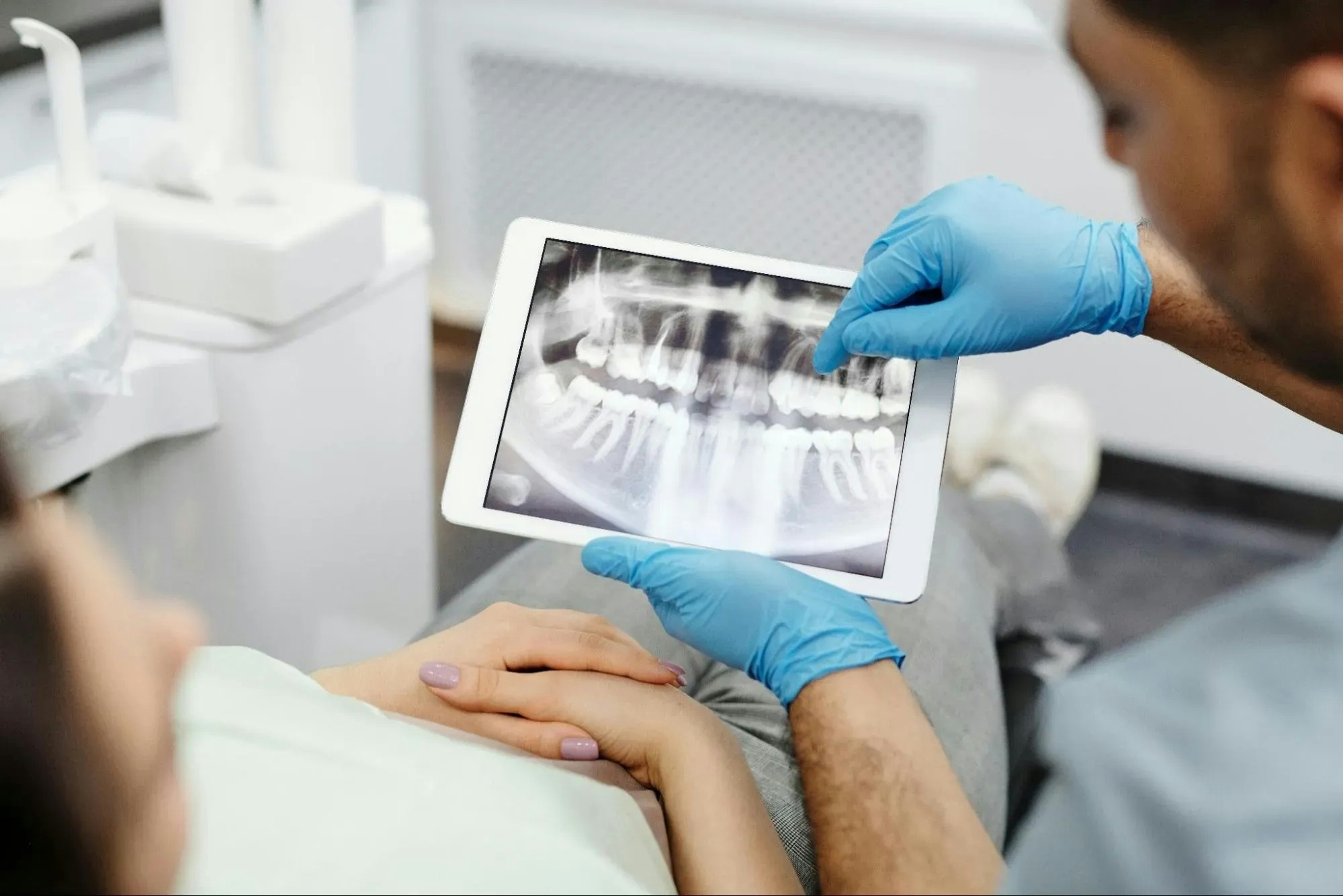What Are the Steps to Handling a Dental Emergency?
Dentist Magazine

What Are the Steps to Handling a Dental Emergency?
When a dental emergency strikes, professionals from an Orthodontist to a Director reveal their strategies for managing such critical situations. Alongside these expert accounts, we've gathered additional answers that provide practical steps for ensuring the best patient care. From following a strict emergency process to contacting emergency services for severe cases, discover a spectrum of responses to handling dental crises.
- Follow Strict Dental Emergency Process
- Act Immediately and Communicate Clearly
- Administer Basic Care and Contact Dentist
- Preserve Knocked-Out Tooth and Seek Urgent Care
- Rinse, Apply Cold Compress, and See Dentist
- Contact Emergency Services for Severe Injuries
Follow Strict Dental Emergency Process
There is a strict process to handle a dental emergency. First, always be available. They are in pain, so you must answer the call and be able to meet them immediately. Second, take X-rays. This will show you the problem. Third, determine if it's something you can fix now or if it will take a second appointment. Some issues will require an additional appointment, but you should do what you can now to address the immediate problem. Fourth, prescribe pain medication, antibiotics, headgear, or whatever is needed to keep them pain-free or prevent further damage until they can come in. Fifth, get them an appointment ASAP. That could be the next day or the next two days. It shouldn't be longer than that, depending on the emergency. You must make room in your appointment schedule for them.

Act Immediately and Communicate Clearly
To ensure the best possible patient treatment, I believe that immediate action is crucial in the event of a dental emergency, such as a severe toothache, damaged tooth, or dental abscess. Assessing the patient's condition with a thorough history and physical examination is the first step. Since managing pain is of utmost importance, it may be required to administer adequate analgesics or a local anesthetic. Subsequently, diagnostic procedures such as radiography are carried out to ascertain the degree of harm or infection. The patient is then explained the available treatment options, with an emphasis on pain relief, stopping the spread of infection, and maintaining or restoring the tooth's function. Depending on the severity of the issue, either an extraction or a referral to a specialist for emergency treatment may be necessary. To reduce anxiety and ensure that the patient understands the treatment plan, open communication is maintained with them throughout the procedure.

Administer Basic Care and Contact Dentist
When faced with a dental emergency, it's critical to manage any immediate discomfort and get in touch with your dental healthcare provider. If necessary, apply a clean cloth to the area to control any bleeding. A cold pack can help reduce swelling and alleviate pain.
Over-the-counter pain medication can be used to address discomfort, but always follow the dosing instructions. After administering basic care, it's imperative to phone your dentist to receive professional advice or to schedule an emergency visit. Do not delay in seeking expert evaluation for the issue at hand.
Preserve Knocked-Out Tooth and Seek Urgent Care
In the event of a dental emergency, such as a tooth being knocked out, quick and efficient actions can help salvage the tooth. Gently clean the tooth if it is dirty but avoid scrubbing the root. Place the tooth in a container of milk or a saliva substitute to keep it moist, as drying out can cause further damage.
Avoid eating or drinking anything that could complicate the situation until you've consulted a professional. It is essential to get in touch with your dentist without delay to have the best chance at saving the tooth. Prioritize contacting your dentist immediately for instructions.
Rinse, Apply Cold Compress, and See Dentist
If a dental emergency arises where a tooth is not knocked out but injury still occurs, it's important to remain calm. Begin by using a gentle rinse of warm water to clear the mouth of any blood or debris. This action can aid in assessing the severity of the injury. If swelling is present, apply a cold compress externally, on the cheek or lips over the affected area.
Taking over-the-counter pain medication can help manage any discomfort, but make sure to follow the recommended dosage. After these steps, promptly make an appointment with a dentist to ensure professional care is received. Make calling your dentist a priority as soon as initial care is provided.
Contact Emergency Services for Severe Injuries
Should you experience a severe dental emergency that involves substantial injury, contacting emergency services may be necessary. This step is crucial especially if there's excessive bleeding, severe pain, or if the injury extends beyond the teeth to other parts of the mouth or face. Emergency services have the training to deal with such traumatic situations and can provide the immediate assistance required.
While waiting for help, applying pressure to any bleeding areas and using a cold compress can help manage symptoms. Remember, if injury is significant, the priority is to get professional emergency assistance. Ensure someone contacts emergency services promptly while you focus on symptom management.